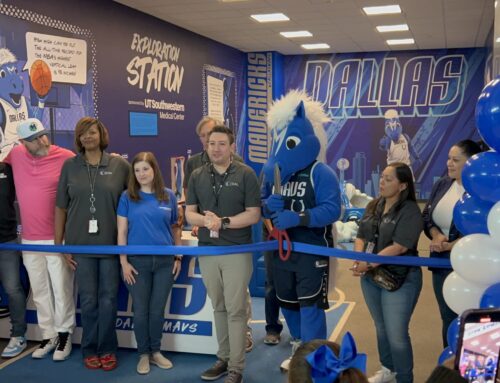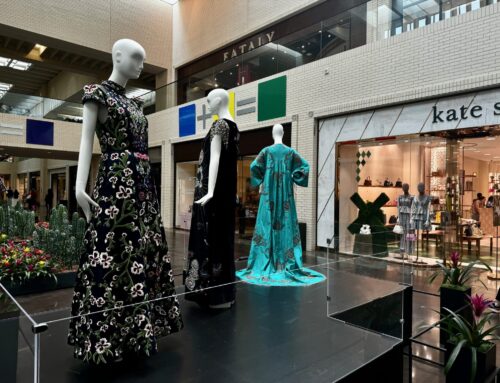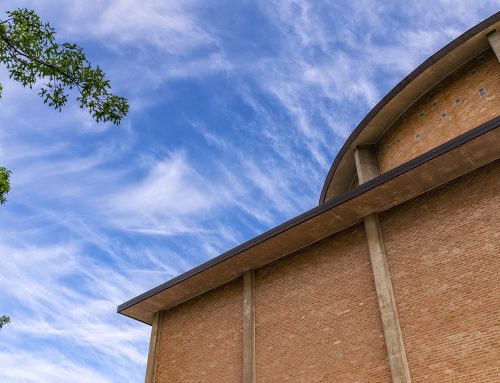“School choice is a civil rights issue,” Texas’ governor declared at a recent rally that promoted legislation for education vouchers.
These proposed vouchers would provide tax dollars from the state’s public education funds to all parents, including upper-income, who choose to send their children to private school or homeschool them.
Low-income students already have the choice to attend one of the dozens of charter schools in and around Dallas on the state’s dime.
Dallas ISD, in competition with these options, offers “public school choice,” which aims to provide curriculum approaches like Montessori or personalized learning that parents can opt into.
DISD also practices school choice by default, with a pseudo open enrollment system. One in five DISD students elects to transfer to a district school other than their neighborhood school.
These days, the “neighborhood school” seems to be a last resort in terms of top choices. Our Lakewood/East Dallas February magazine featured a story on Dan D. Rogers Elementary, which is in Hillcrest High School‘s feeder pattern, with a headline asking, “Why does one of the best neighborhood schools lack neighborhood kids?”
Even that headline wording (which I confess to writing) is presumptuous, however. There are plenty of kids who live right around Rogers who attend the school; it’s just that most of them live in apartments and very few live in single-family homes.
There was a time when nearly everyone sent their children to the neighborhood school. Now, however, as illustrated in February’s cover story, that’s not the case. When homeowners, people with means, do send their children to a neighborhood school, this choice speaks volumes, at least to their peers, of a school’s quality. When upper-income parents don’t make this choice, if they steer clear of the neighborhood school, that also speaks volumes.
But it may not speak the truth. The truth is that people don’t steer clear of Rogers because it’s a “bad” school. Everything about the school — its principal, its ratings from the state, its curriculum approach — is not just good, it’s stellar. And certainly families in the homes nearby are paying attention; some are even planning to send their kids to Rogers.
It’s not bringing them back in droves, however, and people are not knocking down the door to get in. And that’s because of a hard but simple truth: Rogers, as amazing as it is, is not seen as a “good” school.
That term — “good” school — is reserved for public schools where upper income and typically white families send their children to school. For everyone else, there is “school choice.”
This understanding is based on the reporting of Nikole Hannah-Jones. Anyone familiar with her work knows that she is one of the country’s foremost experts on school segregation and integration. She reported extensively on it for ProPublica, received tons of publicity for her two-part series, “The Problem We All Live With,” on This American Life, and told her family’s own story in The New York Times Magazine.
And this week, she had this to say:
School choice and vouchers arise out of white resistance to school desegregation, and these movements thrive in biracial districts. https://t.co/JfGazQYudo
— Ida Bae Wells (@nhannahjones) February 2, 2017
She went on to tweet that “if neighborhood schools are white, white parents demand neighborhood schools. If schools are black/brown, they demand choice.”
It’s tough to argue with this (though we welcome attempts) as we review the facts. The fact is that most everyone in Dallas sent their children to neighborhood schools until desegregation began in 1971. The fact is that several Dallas private schools, coincidentally, opened in 1971. The fact is that Dallas ISD was 60 percent white before desegregation and is 5 percent white now, a percentage that doesn’t line up with current racial statistics in the City of Dallas.
The fact is that white middle- and upper-income people have fled to the suburbs for “good” schools and have largely abandoned urban schools, which are “bad.” The fact is that any public school in Dallas generally accepted as a “good” school is one that is predominantly white or at least chosen by a substantial percentage of white parents (in Preston Hollow, Withers and Kramer elementaries are most likely to be awarded this label).
If affluent parents across the city suddenly decided to send their children to their neighborhood public school, would all of our schools be “good” schools? And would the demand for school choice decrease?
No doubt, the perception of a school changes when affluent parents opt in. And studies show that the reality changes, too. Middle- and upper-income students and their parents can have a strong impact on a school’s lower-income students. That’s the theory of socioeconomic integration, about which Hannah-Jones has reported and written extensively and, interestingly, which DISD’s “schools of choice” practice. If DISD families opt into one of the district’s choice schools, they automatically opt into an enrollment formula that ensures a socioeconomically diverse student body.
School choice is, indeed, a civil rights issue, as Gov. Greg Abbott said last week. But if parents’ preference for “school choice” over their “neighborhood school” is dependent on their neighborhood school’s racial and socioeconomic makeup, then it’s a different civil rights issue than he claims.






